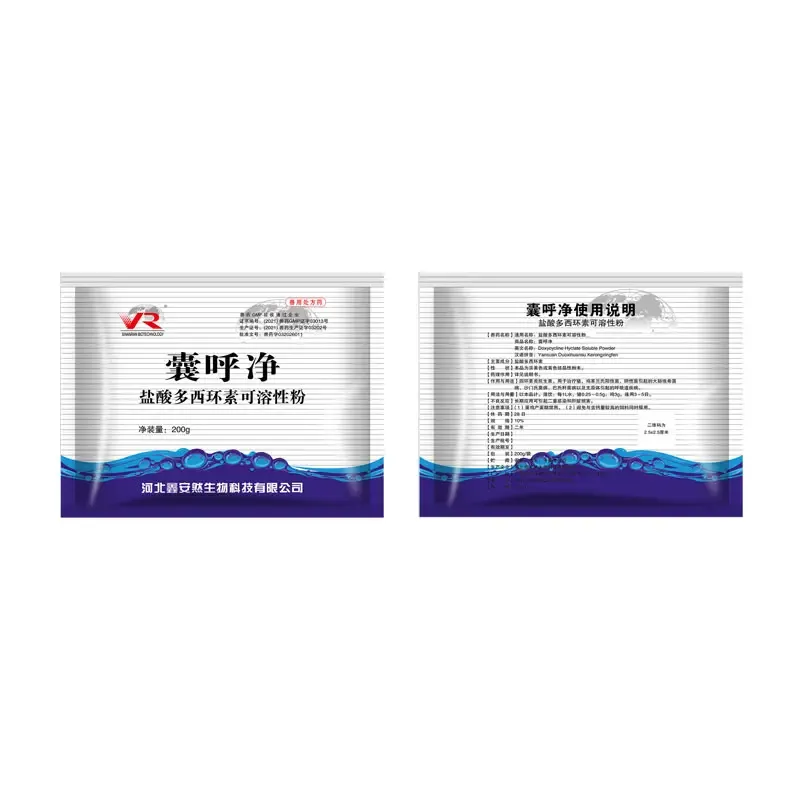- Afrikaans
- Albanian
- Amharic
- Arabic
- Armenian
- Azerbaijani
- Basque
- Belarusian
- Bengali
- Bosnian
- Bulgarian
- Catalan
- Cebuano
- Corsican
- Croatian
- Czech
- Danish
- Dutch
- English
- Esperanto
- Estonian
- Finnish
- French
- Frisian
- Galician
- Georgian
- German
- Greek
- Gujarati
- Haitian Creole
- hausa
- hawaiian
- Hebrew
- Hindi
- Miao
- Hungarian
- Icelandic
- igbo
- Indonesian
- irish
- Italian
- Japanese
- Javanese
- Kannada
- kazakh
- Khmer
- Rwandese
- Korean
- Kurdish
- Kyrgyz
- Lao
- Latin
- Latvian
- Lithuanian
- Luxembourgish
- Macedonian
- Malgashi
- Malay
- Malayalam
- Maltese
- Maori
- Marathi
- Mongolian
- Myanmar
- Nepali
- Norwegian
- Norwegian
- Occitan
- Pashto
- Persian
- Polish
- Portuguese
- Punjabi
- Romanian
- Russian
- Samoan
- Scottish Gaelic
- Serbian
- Sesotho
- Shona
- Sindhi
- Sinhala
- Slovak
- Slovenian
- Somali
- Spanish
- Sundanese
- Swahili
- Swedish
- Tagalog
- Tajik
- Tamil
- Tatar
- Telugu
- Thai
- Turkish
- Turkmen
- Ukrainian
- Urdu
- Uighur
- Uzbek
- Vietnamese
- Welsh
- Bantu
- Yiddish
- Yoruba
- Zulu
ኅዳር . 16, 2024 03:43 Back to list
enrofloxacin injection for poultry
Enrofloxacin Injection for Poultry A Comprehensive Overview
Enrofloxacin is a broad-spectrum fluoroquinolone antibiotic widely used in veterinary medicine, particularly in the poultry industry. Its efficacy against a variety of Gram-positive and Gram-negative bacteria makes it an invaluable tool for poultry farmers aiming to maintain flock health and improve productivity. In this article, we will explore the uses, benefits, administration practices, and considerations associated with enrofloxacin injections in poultry.
Understanding Enrofloxacin
Enrofloxacin works by inhibiting bacterial DNA gyrase and topoisomerase IV, enzymes crucial for bacterial DNA replication and transcription. This mechanism of action leads to the death of susceptible bacteria, making enrofloxacin effective against common poultry pathogens such as Escherichia coli, Salmonella, and Mycoplasma species. Its ability to treat infections promptly and effectively is a significant advantage in preventing disease outbreaks within poultry populations.
Indications for Use
Enrofloxacin injection is primarily indicated for the treatment of respiratory infections, gastrointestinal infections, and systemic infections in poultry. Conditions such as colibacillosis (caused by E. coli), salmonellosis, and mycoplasmosis are commonly addressed with this antibiotic. By controlling these infections, poultry farmers can reduce mortality rates, minimize the use of culling, and improve overall flock performance.
Benefits of Enrofloxacin
1. Rapid Action Enrofloxacin is known for its quick absorption and distribution in the body, allowing for rapid therapeutic effects. This characteristic is crucial in poultry production, where time is of the essence in managing disease outbreaks.
2. Effective Dosage The injectable form of enrofloxacin allows for precise dosing, ensuring that each bird receives the appropriate amount of medication. This targeted approach minimizes waste and enhances treatment efficacy.
enrofloxacin injection for poultry

3. Reduced Resistance Although antibiotic resistance is a rising concern in veterinary medicine, enrofloxacin's targeted action and appropriate use can help mitigate this problem, particularly when used judiciously in line with veterinary guidelines.
Administration Practices
Enrofloxacin is typically administered via subcutaneous or intramuscular injection. The exact dosage and frequency depend on several factors, including the age and weight of the bird, the severity of the infection, and the specific pathogen involved. It is essential for poultry farmers to follow veterinary advice when determining the appropriate treatment regimen.
For subcutaneous injections, the recommended sites are usually the loose skin around the neck or the breast area. It is important to ensure that injections are given in a sterile manner to prevent secondary infections. The site of injection should be monitored for any signs of adverse reactions, such as swelling or irritation.
Considerations and Precautions
While enrofloxacin is a powerful tool for managing poultry health, responsible use is critical to prevent potential downsides. Over-reliance on fluoroquinolones can lead to antibiotic resistance, which jeopardizes their future efficacy. Therefore, it is crucial that enrofloxacin is used only when prescribed by a qualified veterinarian and only for infections confirmed to be susceptible to this antibiotic.
Additionally, withdrawal times must be respected to ensure that drug residues do not remain in meat or eggs intended for human consumption. Farmers must adhere to established guidelines regarding withdrawal periods, typically ranging from several days to weeks, depending on the dosage and method of administration.
Conclusion
Enrofloxacin injection is a vital component of poultry health management, providing an effective means to treat a variety of infections that can impact flock health and productivity. When used judiciously and in accordance with veterinary guidance, enrofloxacin can help poultry farmers maintain healthier birds, reduce mortality rates, and improve overall production outcomes. However, the importance of responsible antibiotic use cannot be overstated, as it is essential to safeguard animal health while also ensuring public safety and addressing the broader concerns of antibiotic resistance. With proper management, enrofloxacin remains a crucial ally in the fight against poultry diseases.
-
Guide to Oxytetracycline Injection
NewsMar.27,2025
-
Guide to Colistin Sulphate
NewsMar.27,2025
-
Gentamicin Sulfate: Uses, Price, And Key Information
NewsMar.27,2025
-
Enrofloxacin Injection: Uses, Price, And Supplier Information
NewsMar.27,2025
-
Dexamethasone Sodium Phosphate Injection: Uses, Price, And Key Information
NewsMar.27,2025
-
Albendazole Tablet: Uses, Dosage, Cost, And Key Information
NewsMar.27,2025













